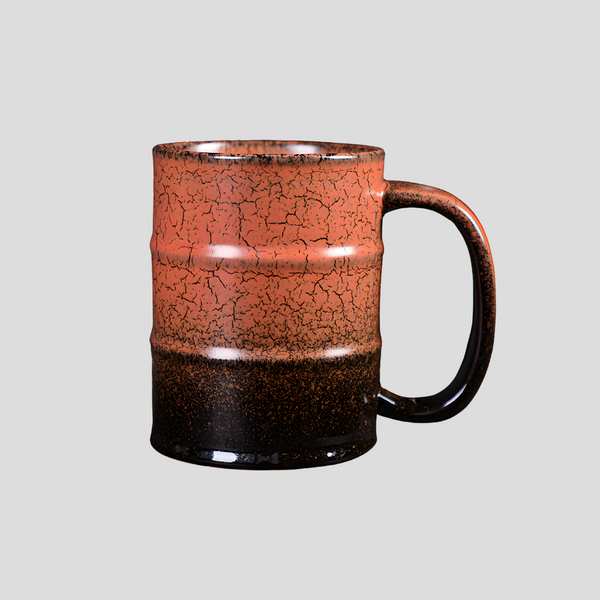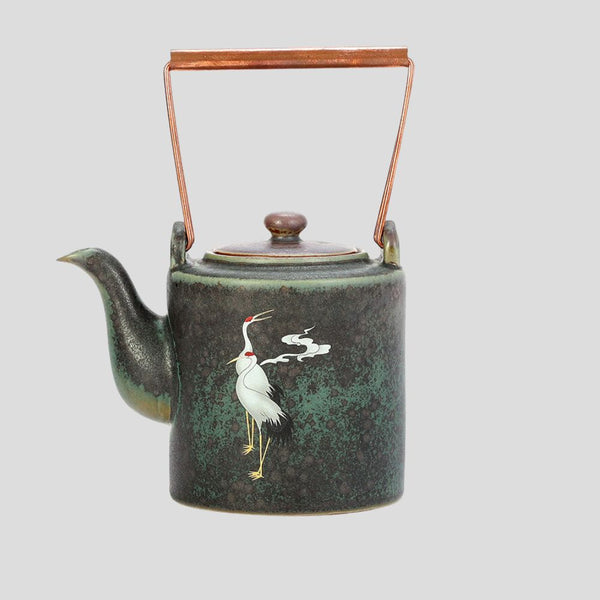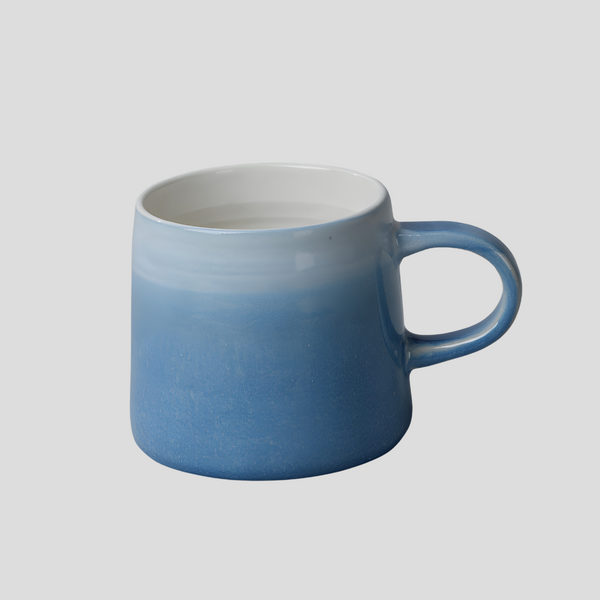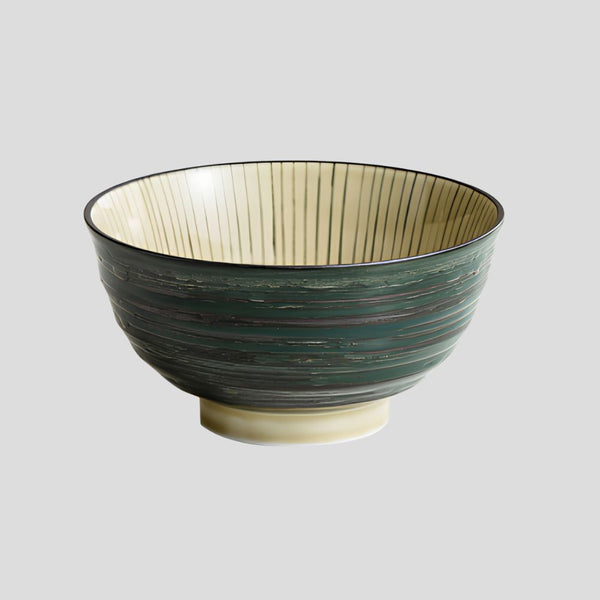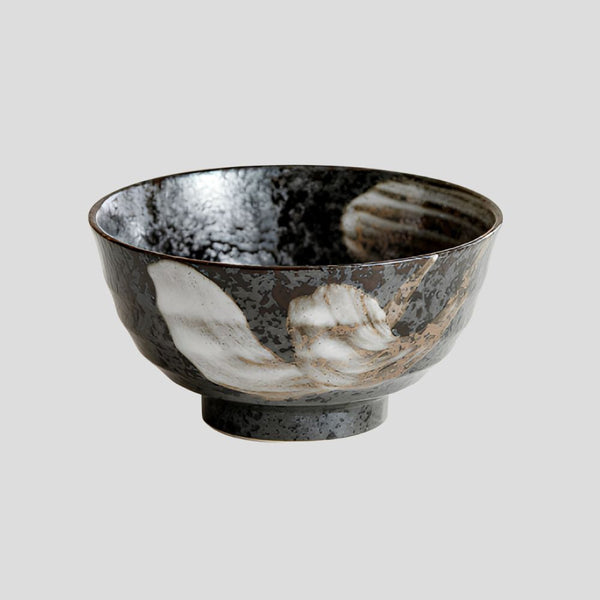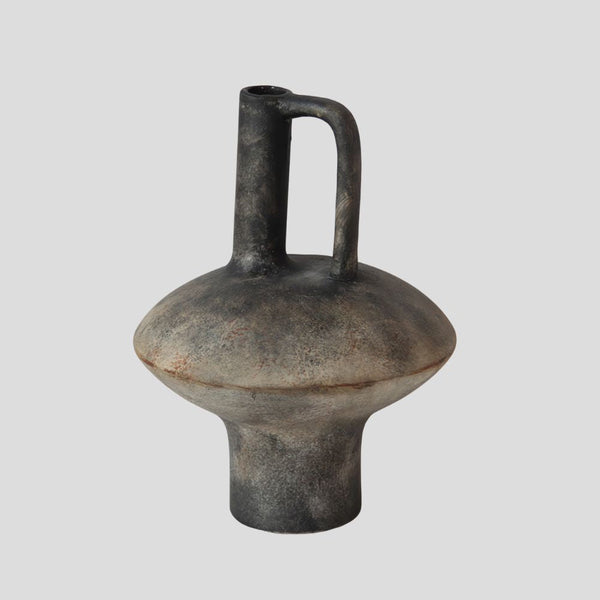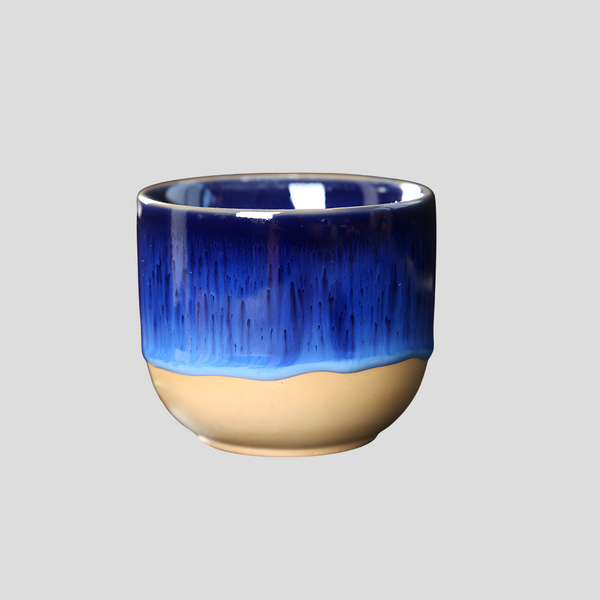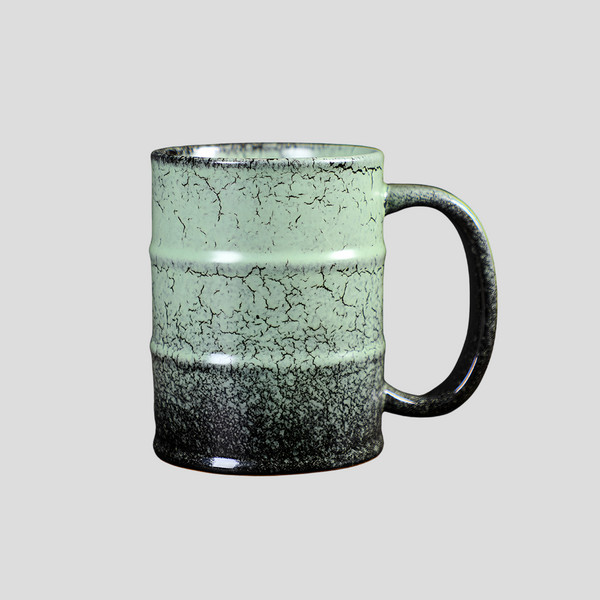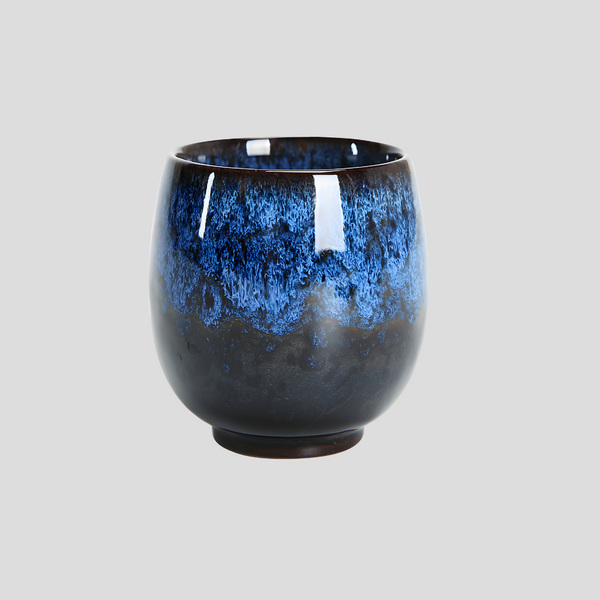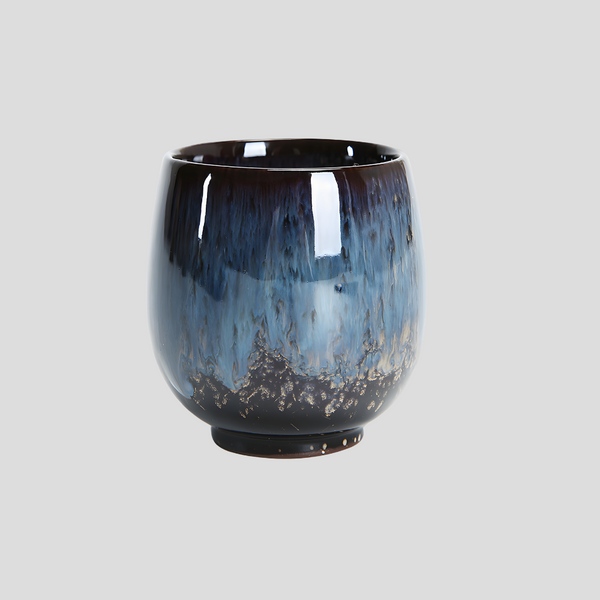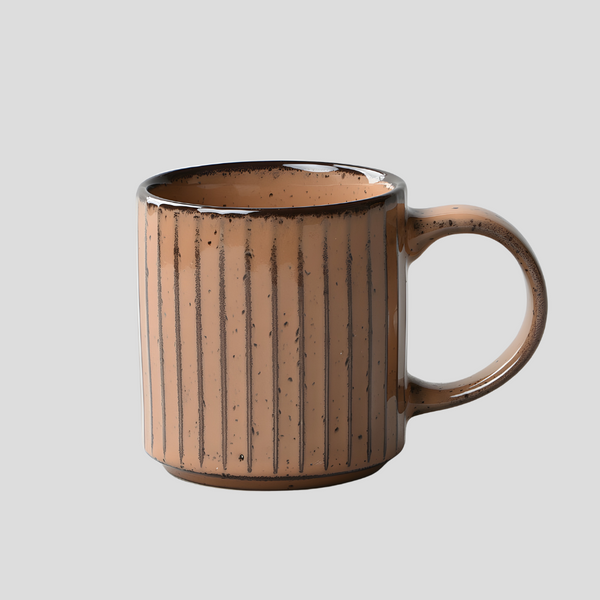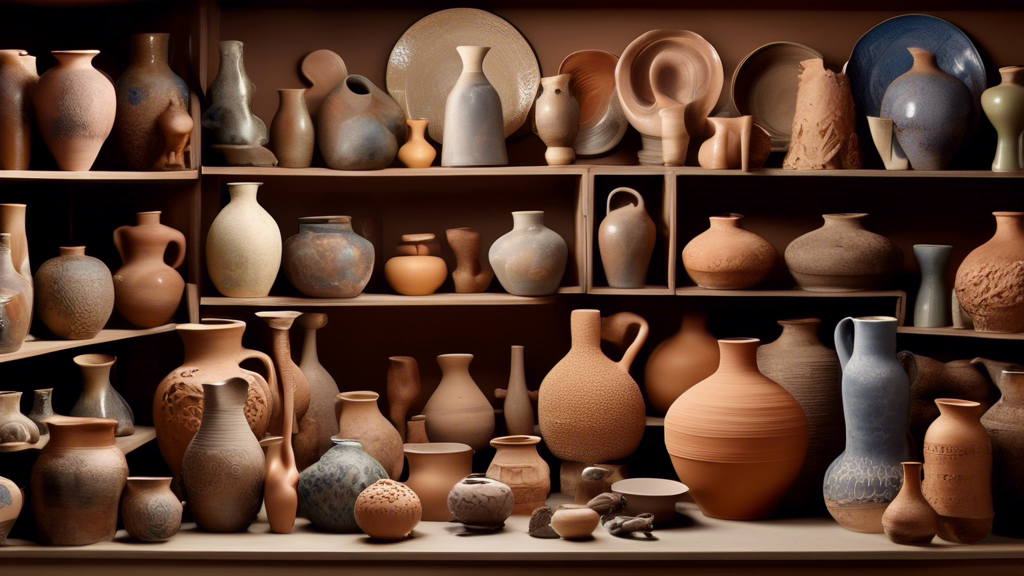
Iconic Ceramicists: Masters of Pottery Artistry
The art of ceramics has been around for thousands of years, shaping the way humans have stored, cooked, and served their food. Over centuries, this functional practice transformed into an expressive medium, giving birth to some of the most exquisite art forms. The masters of pottery have pushed boundaries, redefined techniques, and left indelible marks on the world of art. Let's explore some of the iconic ceramicists whose work has transcended time and continues to inspire generations. Dame Lucie Rie, an Austrian-born British ceramicist, has been celebrated for her modernist approach to pottery. Her work was noted for its delicate shapes, subtle glaze effects, and innovative designs. Rie transformed the realm of studio pottery by integrating functionality with beauty. Her profound influence on contemporary ceramics is felt through her understated, yet profoundly sophisticated, vessels and bowls, which embody the philosophy that true artistry lies in simplicity and functionality. A key figure in the mingei (folk craft) movement in Japan, Shoji Hamada sought to honor the beauty of everyday objects. His work, characterized by its rustic appeal and organic forms, emphasizes the craftsmanship behind functional items. Hamada's influence extends far beyond the borders of Japan; he was instrumental in popularizing pottery as a fine art globally, and his approach to the craft influenced generations of potters worldwide. Beatrice Wood's career in ceramics began in her 40s, yet she quickly ascended to become one of the most revered American ceramicists of the 20th century. Known affectionately as the Mama of Dada, Wood combined her avant-garde sensibilities with lustrous glazes to create pieces that were both whimsical and profound. Her work, often indicating a playfulness and irreverence, pushed the boundaries of what ceramics could convey. Often dubbed as the father of British studio pottery, Bernard Leach played a pivotal role in modern ceramics. Leach’s work was deeply influenced by his time in Japan and his collaboration with Shoji Hamada. He advocated for the unity of Eastern and Western artistic philosophies, emphasizing the importance of tradition, craftsmanship, and the spiritual relationship between the potter and their clay. His legacy is underscored by the Leach Pottery in St. Ives, which continues to be a center for ceramic arts education and practice. Although primarily known for her paintings and sculptures, Maggi Hambling has made significant contributions to the world of ceramics. Her work in the medium is noted for its emotive power and dynamic forms. Hambling’s ceramics often explore themes of life, death, and the natural world, embodying a raw, visceral quality that challenges the viewer’s perceptions of pottery. Peter Voulkos revolutionized the field of ceramics by daring to treat clay as a medium for abstract expressionist art. Breaking away from traditional forms and techniques, Voulkos’s work is characterized by its ambitious scale, aggressive manipulation of clay, and the integration of non-ceramic materials. His radical approach opened new vistas for ceramics, merging sculpture with pottery and forever changing how artists approached the medium. The legacy of these iconic ceramicists continues to resonate within the art community. Their mastery over clay, dedication to craftsmanship, and visionary outlook have elevated pottery from mere craft to a profound form of artistic expression. Aspiring potters look to these masters for inspiration, driven by the same passion for creating beauty and meaning out of the earth itself.Iconic Ceramicists: Masters of Pottery Artistry
Lucie Rie (1902-1995)
Shoji Hamada (1894-1978)
Beatrice Wood (1893-1998)
Bernard Leach (1887-1979)
Maggi Hambling (1945-Present)
Peter Voulkos (1924-2002)

